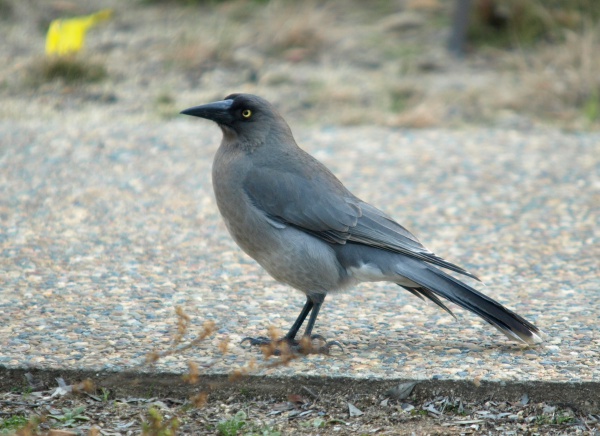Facts About Grey currawong
The grey currawong is an intriguing bird native to southern Australia, including Tasmania. This large passerine, belonging to the genus Strepera, is closely related to butcherbirds and Australian magpies. With its dark plumage accented by white undertail and wing patches, yellow eyes, and a robust bill, the grey currawong presents a striking appearance. There are six recognized subspecies, exhibiting colors ranging from slate-grey to sooty black.
Unlike some other birds, the grey currawong tends to remain within its range, though it may exhibit some movement during winter months. It has a diverse diet, consuming berries, invertebrates, and even small vertebrates. Compared to the pied currawong, this bird spends more time foraging on the ground rather than in trees. They build their nests high up in trees, making it challenging for researchers to study their breeding habits. Unfortunately, the grey currawong has struggled to adapt to human-induced environmental changes, leading to population declines in many areas.
The grey currawong inhabits forested areas and scrublands, particularly in the drier regions of Australia. Different subspecies have specific habitat preferences, with some inhabiting wetter forests and others residing in mallee scrublands. The bird's numbers have decreased in places like northern Victoria and southeastern South Australia due to habitat destruction.
Behaviorally, the grey currawong is more reserved than its pied counterpart. They are typically seen in pairs or small groups and can be quite territorial, sometimes chasing away larger birds. Their breeding habits remain somewhat mysterious due to the inaccessibility of their nests. In terms of diet, they exhibit opportunistic foraging behavior, consuming a variety of invertebrates, insects, small vertebrates, and plant materials.
